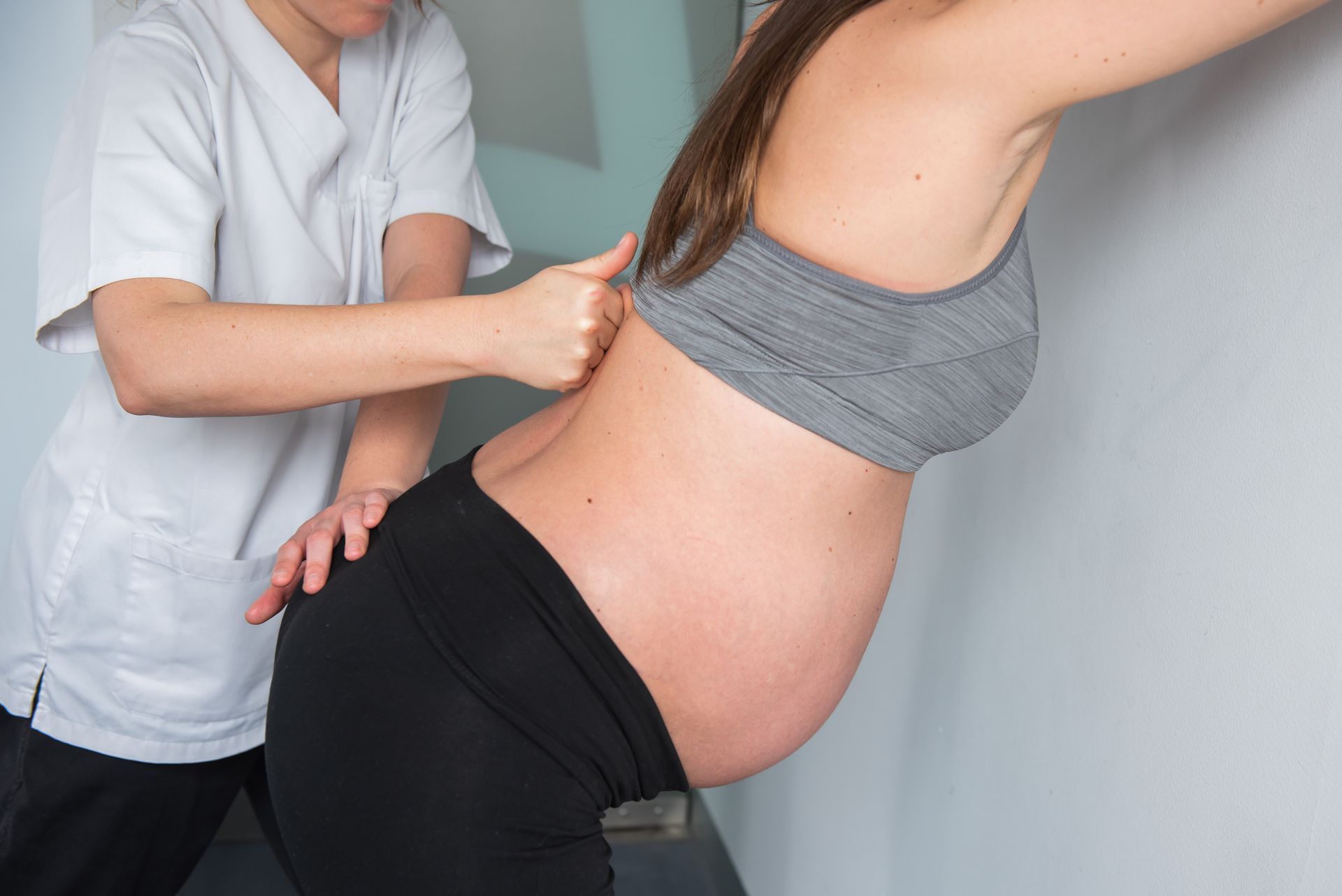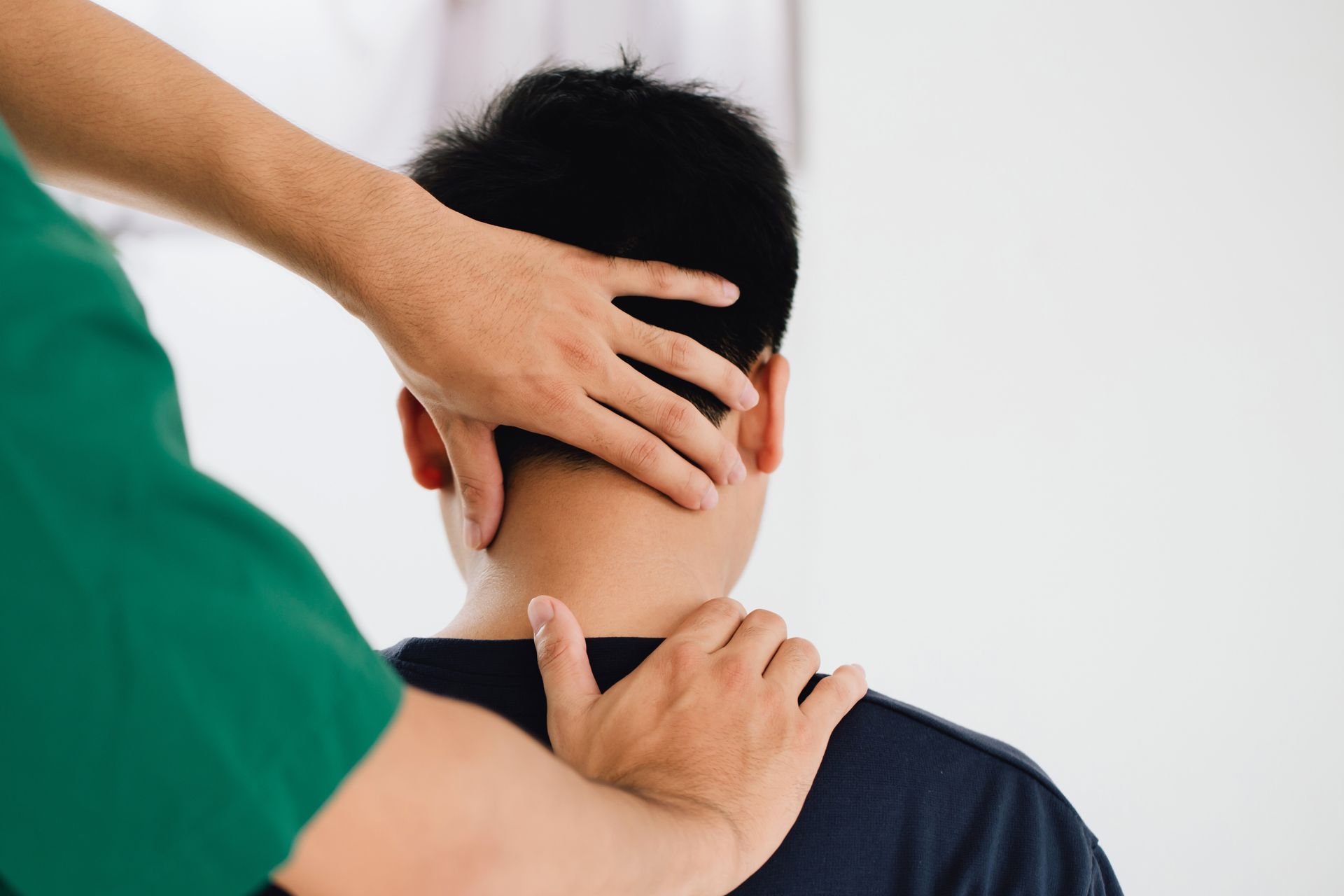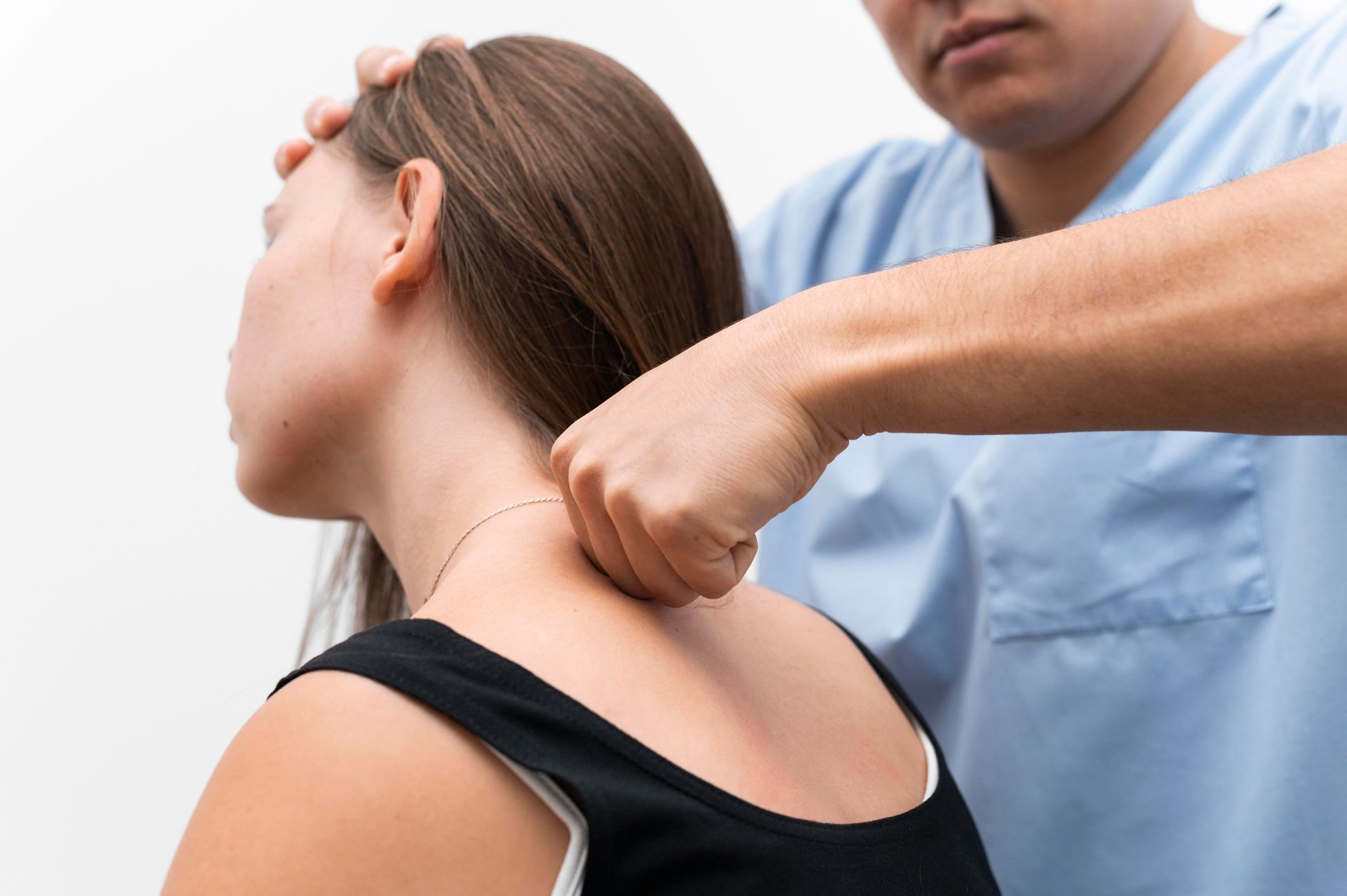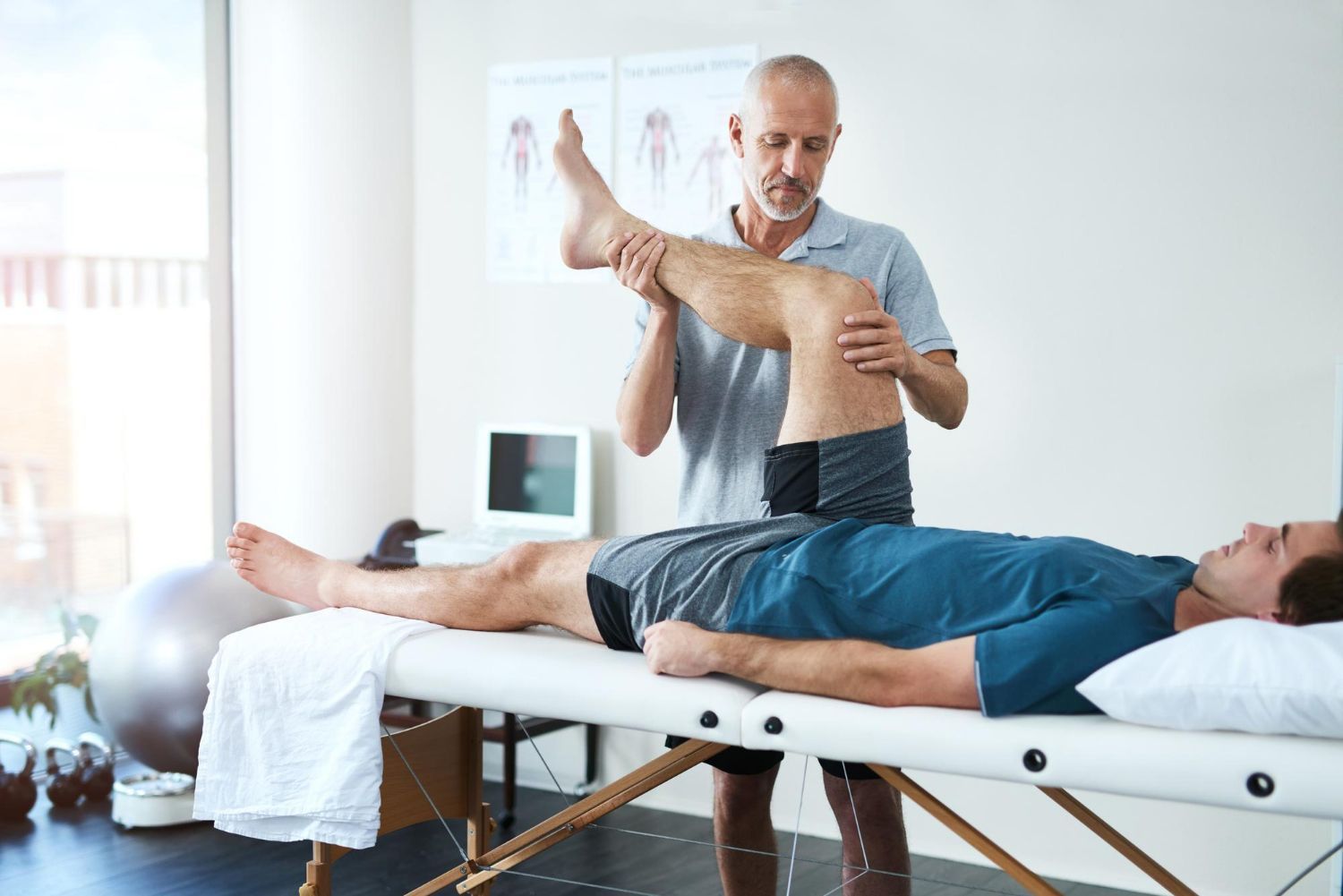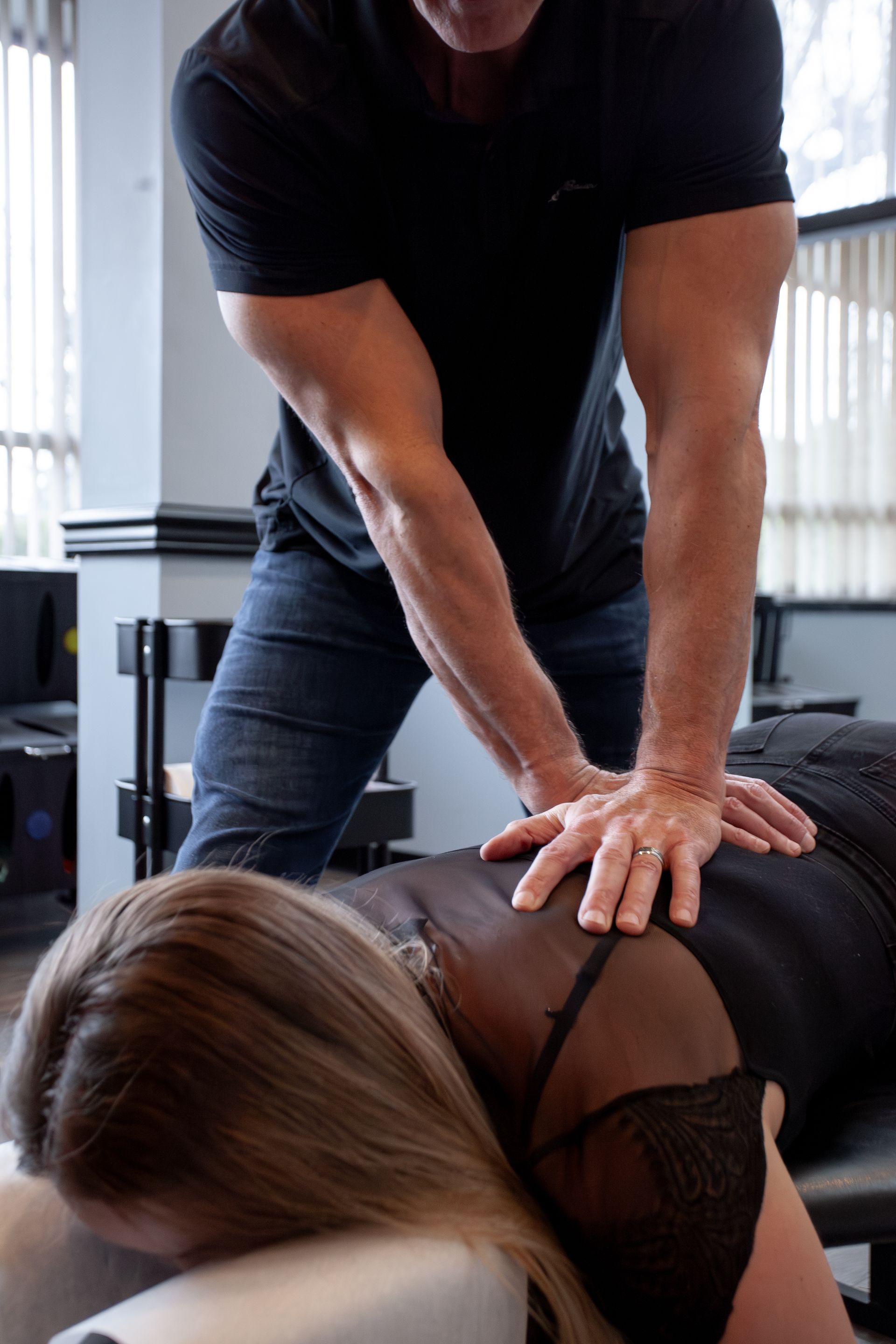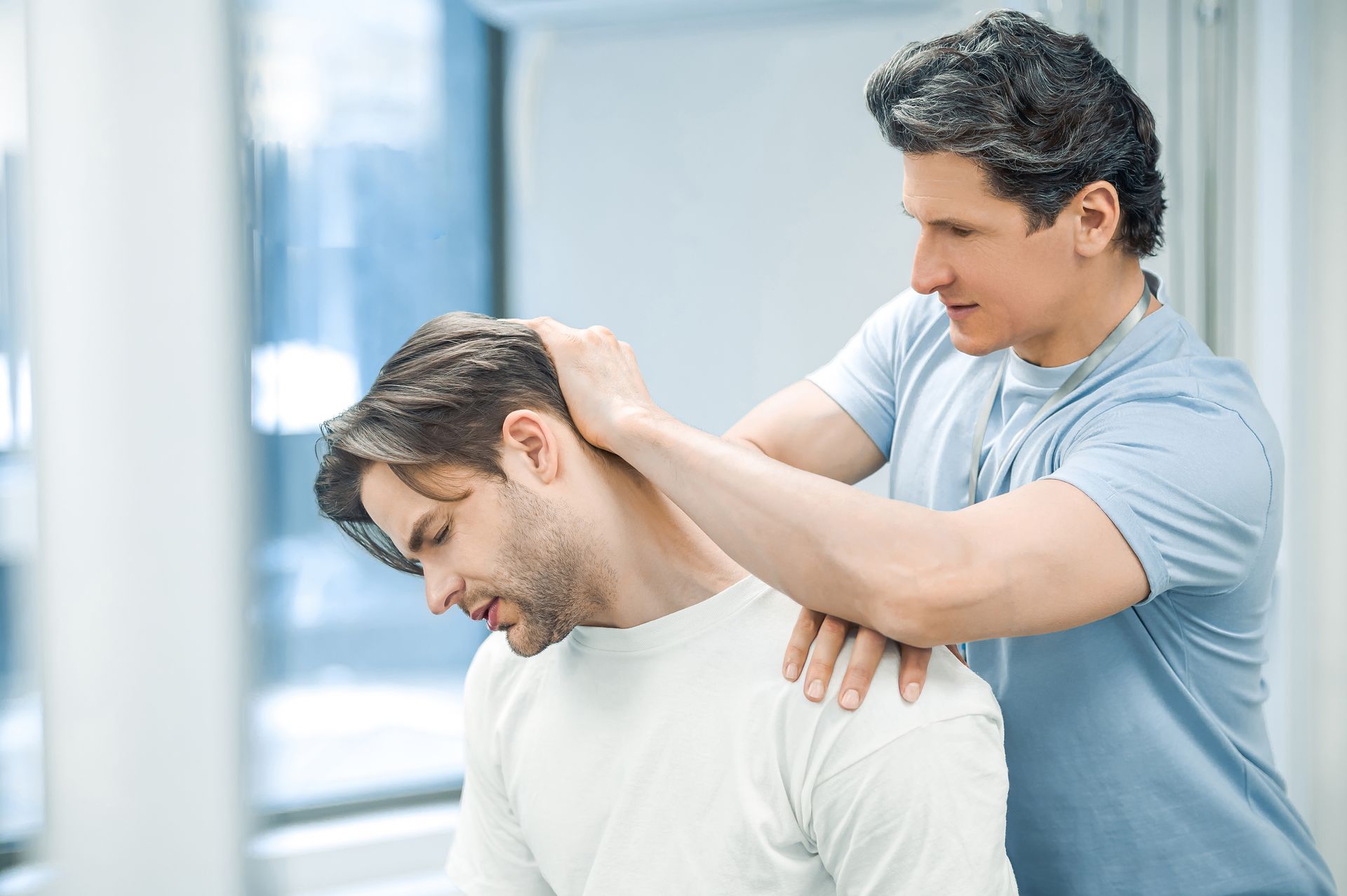Understanding the Underlying Cause of Meniere’s Disease
In most cases, Meniere’s only affects one ear. A person’s ears are responsible for maintaining balance as well as allowing a person to hear. The National Institute on Deafness and Other Communication Disorders states that approximately 615,000 people in the United States have Meniere’s. It is most often seen in people 40 to 50 years of age, and for many people, this condition will go into remission a few years after their initial diagnosis.
What Leads to Meniere’s Disease?
The specific cause of Meniere’s is still uncertain among medical professionals and scientists. A popular theory for many years was that Meniere’s is connected to abnormal build-up of fluid in the inner ear. Why does this occur? The inner ear has compartments called the labyrinth, containing organs of balance (the semicircular canals and otolithic organs) and organs of hearing (the cochlea). It is made up of two sections: the bony labyrinth and the membranous labyrinth. The latter is filled with endolymph fluid that stimulates the receptors in the balance organs whenever the body is in motion. These receptors send signals to the brain providing information about how the body is moving and where it is located in its environment. Within the cochlea, the fluid is compressed in response to the vibrations of sound, stimulating sensory cells to send messages to the brain.
When a person has Meniere’s, the endolymph build-up in the labyrinth cannot drain normally, which leads to pressure that can interrupt normal balance and accurate hearing signals between the brain and the inner ear. This is what causes vertigo and the other symptoms of Meniere’s.
It is unclear why this happens. Some people think that it is because of the constriction of blood vessels, similar to the process that leads to migraine headaches. Others believe it might be a result of viruses, allergies, or autoimmune malfunctions. And yet another possibility is that genetics have a role since Meniere’s is more frequently occurring in families with other members who have it.
Another important piece of the puzzle is that not every person with Meniere’s disease has abnormal fluid build-up in their inner ear. Instead, an issue that has been found in many of those suffering from the condition is a misalignment in the bones of their upper cervical spine. We will expand on this later on.
Meniere’s Disease Symptoms
In addition to the triad of symptoms mentioned earlier (tinnitus, vertigo, and hearing loss), there are other symptoms that could be present:
Meniere’s Disease Underlying Cause Discovered!
Dr. Michael Burcon , an upper cervical chiropractor, also known as Dr. Mike by his patients, made an extremely interesting discovery regarding Meniere’s disease in the year 1999. He observed three of his patients with Meniere’s disease recover almost immediately from their vertigo symptoms after receiving an adjustment from him. These patients were ecstatic to be completely free of the disabling vertigo that had plagued them for years. He noticed a common theme among all of his Meniere’s patients. Each one of them had a history of neck trauma, specifically whiplash. He has had success helping 725 cases of Meniere’s disease patients.
He made a statement in recently published information that the understanding surrounding Meniere’s is changing. Instead of linking it to excessive fluid in the ear, many people now believe that it is more closely related to a misalignment of the bones of the upper cervical spine, particularly the C1 and C2. When these bones misalign, it places stress on the brainstem, causing it to send improper signals to the brain about the body’s location and movement. Dr. Burcon has found a connection between both Meniere’s disease and trigeminal neuralgia that are caused by whiplash-type injuries. Another problem that arises when the top bones of the neck are affected is that they start to create a lesion impacting the eustachian tube and the trigeminal ganglion. In the publications, he explains that the reason this was not discovered sooner is because it takes up to 15 years for the symptoms to occur following the injury. This is why most patients get diagnosed during middle age and they usually do not think that it is linked to an accident that occurred 15 years prior.
Another study was done of 300 individuals with Meniere’s disease, each of which had suffered whiplash due to a vehicle accident. After being provided with specific upper cervical chiropractic care, 97 percent of them experienced a drastic reduction in their symptoms. The overall consensus reported by the patients was that the main symptom of Meniere’s disease (vertigo) had improved by more than 90%.
Finding Relief from Meniere’s Disease
The method used by Dr. Burcon is similar to what we use here at Kilian Chiropractic in Aldergrove, British Columbia. With our specialized imaging and scientific measurements, we can identify the exact location and angle of your spinal misalignment. We administer a gentle adjustment that helps the bones to naturally return into place. We do not force the bones by popping the spine or cracking the neck to get positive results. Instead, the method we use provides a longer-lasting adjustment, which means fewer office visits down the road. This treatment option is free of side effects, drug free, and painless. We have seen most of our patients report similar results to those in the above-mentioned studies. Their relief to see vertigo dissipate so that they can return living a happy, healthy, and full life is a testament to the benefits of upper cervical care. If you would like to have this same experience, we would be happy to serve your specific needs. Call us for an appointment.
The post Understanding the Underlying Cause of Meniere’s Disease appeared first on Kilian Upper Cervical Chiropractor.

